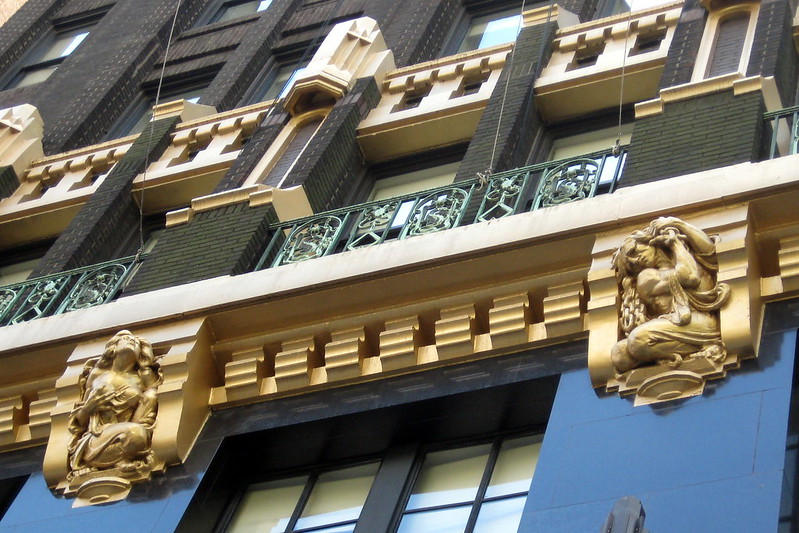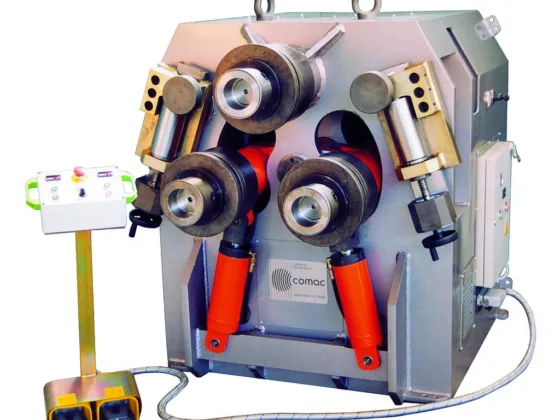Personal balconies are all at the peak of many renters’ must-have demands in the aftermath of COVID-19, which has prompted multifamily residential developers to place a greater emphasis on outdoor recreational space.
Newmark and Hartman Design Group recently produced a white paper in which a large developer revealed that 70% of its apartments now had balconies, relative to 40% to 50% pre-pandemic. In addition, they expect this in-demand feature to raise rental rates.

Although balconies have the capacity to increase the value of multifamily housing structures, they also need to be carefully specified. It’s important to think about the potential for architectural and safety issues when building on a roof that’s both raised and exposed to the elements.
Code Compliance
All balconies must have a code-compliant railing in place first and foremost. Speak with a consultant that is well-versed in technical specifications for guardrail structures in order to ensure compliance with regulations in your area.
Examples of these considerations include height limitations and the use of environmentally friendly materials – comprising anchors and bolts – as well as wind pressure and other live and ice loads.
For example, wind and live loads are structural loading requirements stipulated in building codes. Railings must be addressed early in the design process to ensure that balconies can withstand the required loading requirements.
Read Also:
In order to give a developer a complete proposal, a reputable supplier partner would supply precise takeoffs with explicit inclusions (or exclusions) for railings inside the project scope. This proposal should include everything a developer needs.
The architectural and structural characteristics of a project are usually included in 3-D renderings provided by any contractor. In the approval procedure, precise measurements reduce the possibility of human mistakes.
They also eliminate weeks of time-consuming manual field measurements, allowing for a more rapid transition from prototype to production.
Because manufacturers create railing items that not only conform to all applicable codes but also have certain unique qualities that make them appealing to both buyers and builders, developers and property managers may rest easy.
Railings that are meant to be simple to install and that employ high-quality steel and coatings to make a long-lasting railing that even seems to be of good quality are now being made by certain manufacturers.
Design
It is important that balcony railings fit the architectural aim and improve the building’s outside beauty. Color, code compliance height, technical constraints, and panel infill design also design concerns.
Today’s multifamily structure railing alternatives are just as diverse and flexible as those for single-family homes and commercial buildings when they were formerly just functional.
Traditional pickets, industrial-inspired mesh inserts, and transitional glass panels may all be found in a variety of railings. Additionally, LED lights may be added to the signature railing to enhance the atmosphere and increase safety.
Installation
To ensure that the construction of anchoring points fits both code requirements and the product design objective, it is imperative that the installation of balcony railings be coordinated closely with other trades.
Phased activities are critical to ensuring that construction techniques and schedules are properly aligned.
Additionally, it is important to consider the railing’s versatility and simplicity of installation while making a decision. The prefab deck railing, for example, allows for adjustable infill alternatives.
Additionally, the system is compatible with a variety of anchoring methods, including wood, concrete, and wall attachments. Components may be adjusted in the field and assembled without any special tools or tightness.
Durability
Balcony railings may survive for the whole life of a structure if constructed correctly. Aluminum is an excellent choice for balconies because of its exceptional strength and design versatility.
Powder coating protects railings against rust and corrosion while also preserving their original color for years to come. Aluminum is also a renewable resource.
It is equally crucial to make sure that the connections are secure. If the railing connections are left uncertain, they might lead to unexpected costs and construction concerns in the future. Again, an experienced supply partner may be quite beneficial.
Final Thoughts
Architects and developers should consult with a certified manufacturer early in the design process when considering balcony railings, in particular, to better grasp what’s feasible and what’s necessary for an ideal conclusion.
Balcony railing may increase seclusion, maximize views, and create an outdoor paradise that demands a premium and gives tenants happiness if done correctly.










